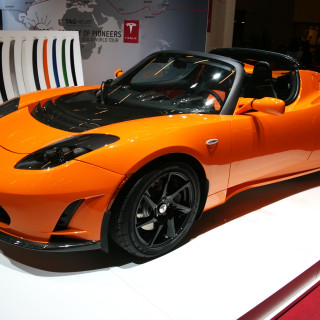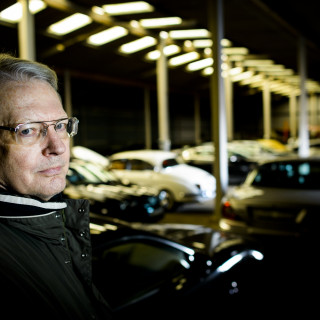Connected cars open up new possibilities
The cars of the future are not only low-energy and fossil-free, they are also online and continually updated.
“ The Connected Car ” concept opens up opportunities for new methods of application and new business models. This could mean that we will see similar developments in the vehicle industry to those in the mobile phone industry, where Apple and Google changed the entire game plan in a short space of time by thinking innovatively and acting differently.”
These are the words of Sinan Deniz, a doctoral student at the Standardisation Research Centre at the Institute of Economic Research at Lund University. His thesis is about electric and connected cars, with a focus on digital mobility and connectivity.
At a turning point
Sinan Deniz has previously studied the mobile phone industry and has seen clear parallels to the ‘system shift’ that took place when Apple and Google created their own platforms for software development, where third-party developers played a crucial role in re-writing the game plan for the industry.
“It created huge pressure for change, and the traditional mobile giants like Nokia simply couldn’t keep up.”
Redrawing the map
The transition in the vehicle industry is not likely to be as rapid or dramatic, because cars have a significantly longer lifecycle than smartphones. However, the potential for a rapid and convincing transition in the vehicle industry should definitely not be underestimated, in the view of Sinan Deniz.
“It is too early to say exactly how the vehicle industry will change, but it is clear that we are facing a system shift in which the software in and around cars will become increasingly important – it may even become more important than the hardware. Instead of buying a new model of car every three years, we can choose a car that is updated every time we charge it.
Platforms for success
An important success factor, according to Sinan Deniz, will therefore be the car industry’s ability to establish standards/platforms and services surrounding the vehicles.
“For the connected car, there are many factors that have to fall into place. A user interface is needed that works in different contexts and environments, there must be an interplay between the systems inside the car and those on the outside, and it should be easy to update and add new services.
Many advantages
There are many advantages of ‘connected’ driving, according to Sinan Deniz:
“By allowing the software in the car to interact with other systems in its surroundings, we can improve road safety, optimise driving so that we reach our destination more quickly, and reduce the impact on the environment and the climate.”
The connected car also prompts the question of how we will view the car in the future. Will it still be an important status symbol and symbol of freedom, or will we become more rational and regard the car as just one of many modes of transport that is only used when and where we need it?
Important choices
“Developments may well move in the same direction as the mobile phone industry, where what is important is no longer what smartphone you have, but what you can do with it”, says Sinan Deniz.
The technology to create the ultimate connected car – which would essentially be self-driving – already exists, but the road to the market is lined with important strategic decisions.
“Ultimately, it is a question of whether we are prepared to let our cars drive us in order to save time, money and the environment, or whether we will continue to want control over our cars”, says Sinan Deniz. “Perhaps we will be able to find a balance where we can design our journey according to our wishes and requirements, so that we still feel like we are driving the car despite smart built-in systems, rather than the car driving us.”
Text: Sven-E Lindberg
Published: 2013











